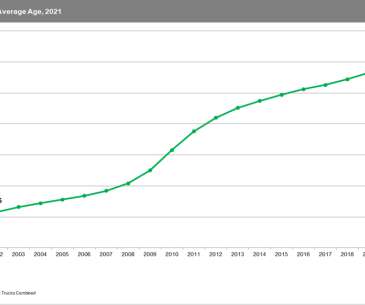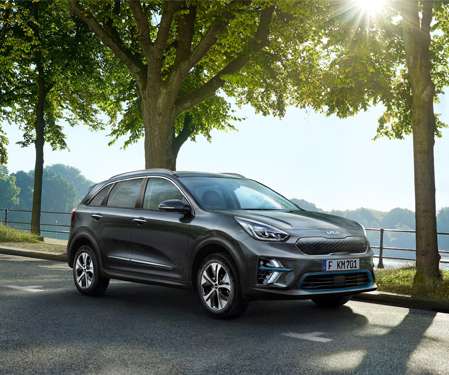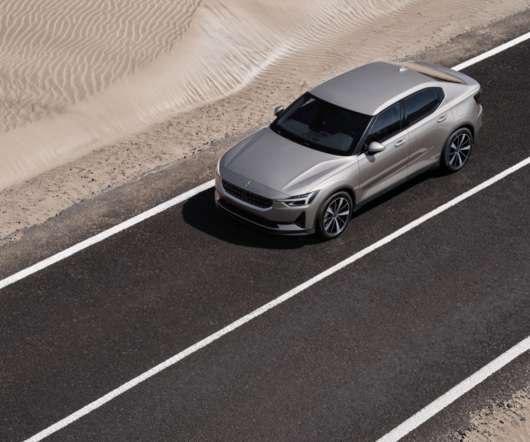IHS Markit: average age of cars and light trucks in US rises to 12.1 years
Green Car Congress
JUNE 15, 2021
New research from IHS Markit shows that the average age of light vehicles in operation (VIO) in the US has risen to 12.1 The increase in average age will further drive vehicle maintenance opportunities from an increasingly aged vehicle fleet. of VIO for the whole year.





















Let's personalize your content